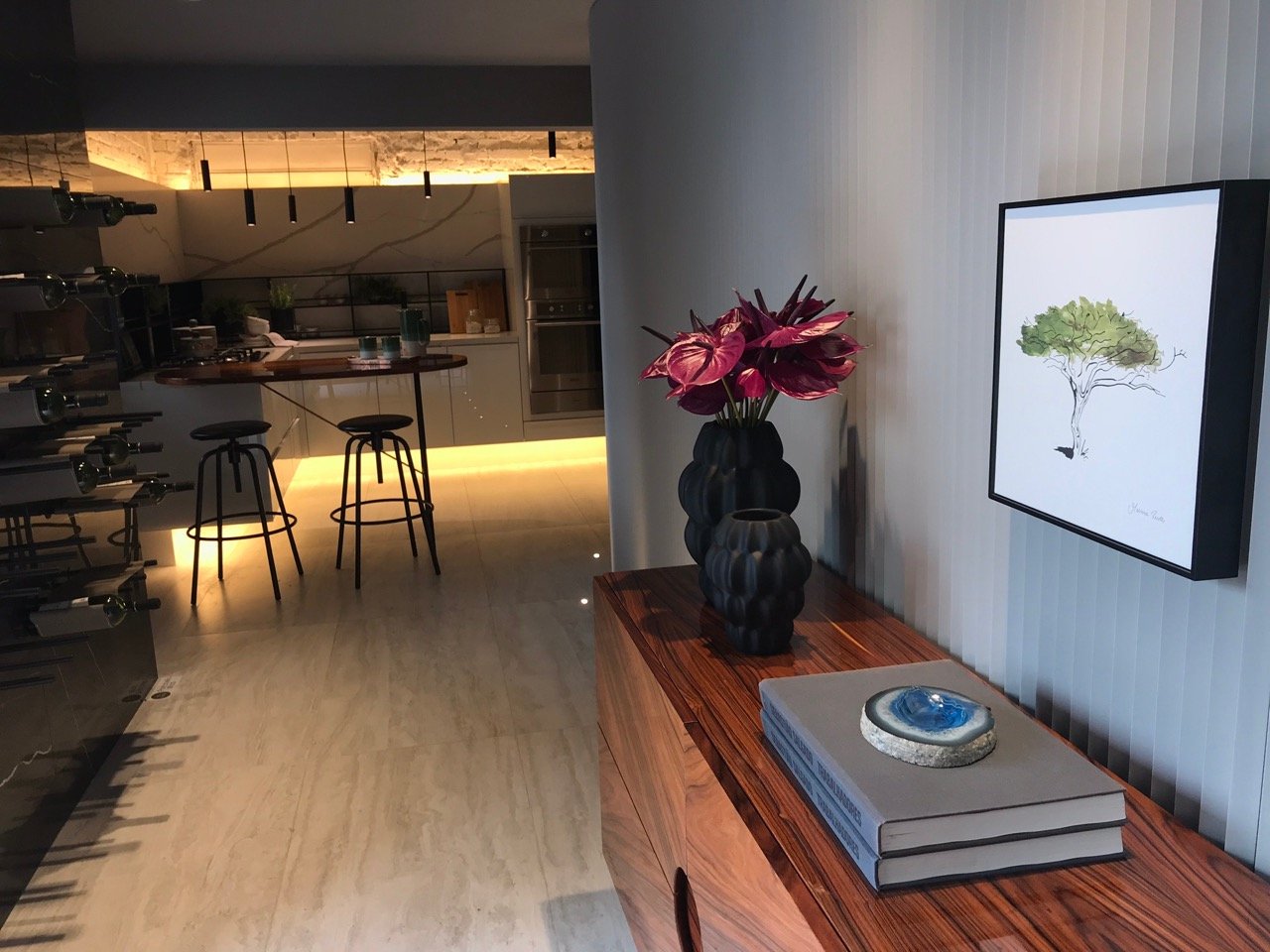Content
First, if you’re recently leaving a rehab stay or have just wrapped up an outpatient program, a sober living facility may provide you with the structure you need. A sober living house is a peer-managed home designed to help people maintain sobriety. This is achieved through required sobriety, recovery group attendance, and household participation. Those who live in these houses rent rooms indefinitely and live a life in accordance with their responsibilities, like work and school. In a recovery housing model, residents offer and receive support from their peers and leaders in their community.
Once leaving an inpatient facility and returning home, you may be struggling with adjusting back to daily life. Sober living homes offer an in-between recovery option that allows you to reinforce the lessons learned in rehab. Not all Sober Houses offer the same services for maintaining sobriety. Going to a sober living house has been proven to support sobriety efforts, with results ranging from a decreased amount of relapses to long-term sobriety. They first came into existence when a group of active participants in the Alcoholics Anonymous group created a “12-step” residence. This was a home, typically placed in low-income housing, that enforced policies around sobriety and required attendance to AA meetings. Meetings were held both in the home and in neighboring organizations in the community.
Additional Resources
The Sober Living Network, an organization that sets standards for sober living homes, maintains a list of approved facilities. Facilities that are members of their Sober Living Coalition are guaranteed to be safe, well-managed, and ethical. If you are interested in researching sober living homes near you, you can consult their directory via their free search tool. Although it may seem unlikely, asking for a loan or gift from family and friends can be an effective way to raise money for a sober living home.
- Real estate acquisition is often the most significant roadblock for new operators.
- Former celebrity rehab patients live together in a sober house to help transition themselves back into a world full of temptation and relapse with sometimes volcanic eruptions between them and the councilors.
- Some residents might find that they are prepared to leave after just a few months.
- SLH rules prevent engaging or substituting addictions, and help build healthy life habits.
- ORS is an outpatient substance abuse treatment program located in Berkeley, California that treats approximately 800 clients per year.
The early stages of recovery are often full of challenges, such as finding a job, establishing a sober community, and dealing with all the stress and anxiety of daily life. Today, the majority of sober living homes in Los Angeles make use of the peer support that Oxford Houses pioneered, while managers exercise leadership to support residents’ journeys toward long-term sobriety. Rapid urbanization made it difficult for anyone, let alone people suffering from addiction, to find housing. The deinstitutionalization of psychiatric hospitals left many people with addiction problems suddenly homeless. In Los Angeles, California, members of Alcoholics Anonymous began forming “twelfth step houses,” where residents could live together in a safe and supportive environment. Today, many still house recently released criminals or are used as a solution for homelessness, while other halfway houses are devoted to housing people who have recently completed treatment for addiction.
Improving Outcomes for Criminal Justice Referred Residents
Our homes help those recovering from active addiction stay sober by keeping expectations high and giving them support while allowing them to resume normal activities such as working or going to school. Design For Recovery is committed to helping you or your loved one live a fulfilling life free from alcohol and drug addiction.
- Our purpose here is to summarize the most salient and relevant findings for SLHs as a community based recovery option.
- To that end, many sober living home residents are enrolled in outpatient programs where they receive counseling, medication monitoring, and other services.
- A sober living home is a place where people in recovery from addiction can live together and support each other as they rebuild their lives.
- Having said that, this whole area is very under-developed, with little in the way of recovery housing being commissioned , though there is evidence that this is changing a bit for the better.
- If you decide to open a co-ed sober living home, know that special rules and considerations will need to be made to ensure a welcoming and comfortable environment for all.
Sober homes offer an opportunity for men and women to live together and support each other while pursuing a new life in recovery. Schinka JA, Francis E, Hughes P, LaLone L, Flynn C. Comparitive outcomes and costs of inpatient care and supportive housing for substance-dependent veterans. Hitchcock HC, Stainback RD, Roque GM. Effects of halfway house placement on retention of patients in substance abuse aftercare. Beattie MC, Longabaugh R. General and alcohol-specific social support following treatment. Sober Living homes guide residents in early stages of addiction recovery. 12 Steps programs tend to be the most common support group in sober living. Support groups serve as the backbone for rejoining the community in a healthy way.










